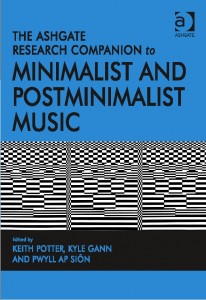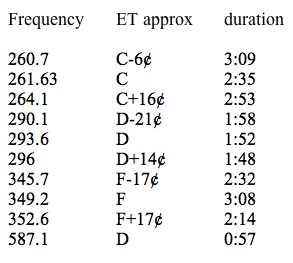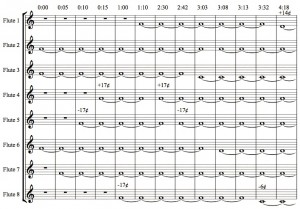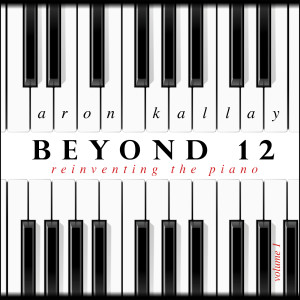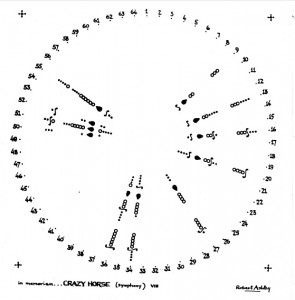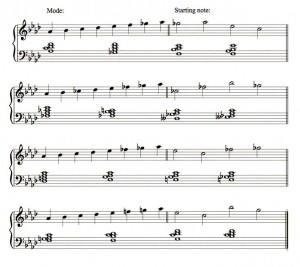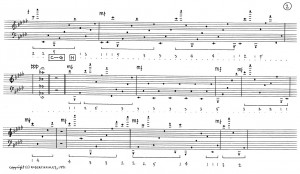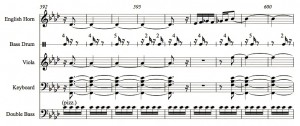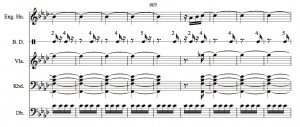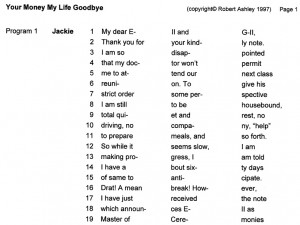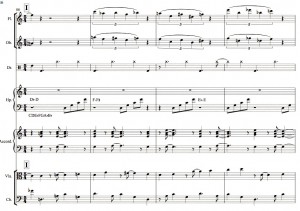I played the first several minutes of Elliott Carter’s Double Concerto.
Student #1: Who decided that this work was one of the great pieces of 20th-century music?
Student #2: It’s just like what happens in popular music.
Student #1: But no, popular music becomes popular because people like it.
Student #2: No, popular music is made popular by the industry. Somebody decided that Miley Cyrus could be popular, and so they poured a ton of money and publicity into her. Her career was completely orchestrated.
Me: Between the two of you, you have just arrived at the insight that Elliott Carter and Miley Cyrus are mirror images of each other.
[General laughter]
UPDATE: Let me be clear – other examples besides Carter and Miley Cyrus (whoever she is) could have served. I’m trying to teach the class that the canon is an artificial construct, and that it is indeed created by people in power making decisions. Musical academia has its collective narrative, critics tend toward a different narrative, the classical-music performance world has yet another narrative, and the corporate world makes decisions on a different set of criteria. All of these narratives are contaminated by self-serving premises, and none should be misunderstood as resembling any kind of pure meritocracy. And thus every student needs to judge every piece on its own merits as they appear to him or her, and such decisions should not be made on the first listening, or necessarily the second or third. It took me listening to the Double Concerto about a hundred times before I decided there just wasn’t anything there for me. It’s part of what Bard calls “Critical Thinking,” and I’m really into it lately.

